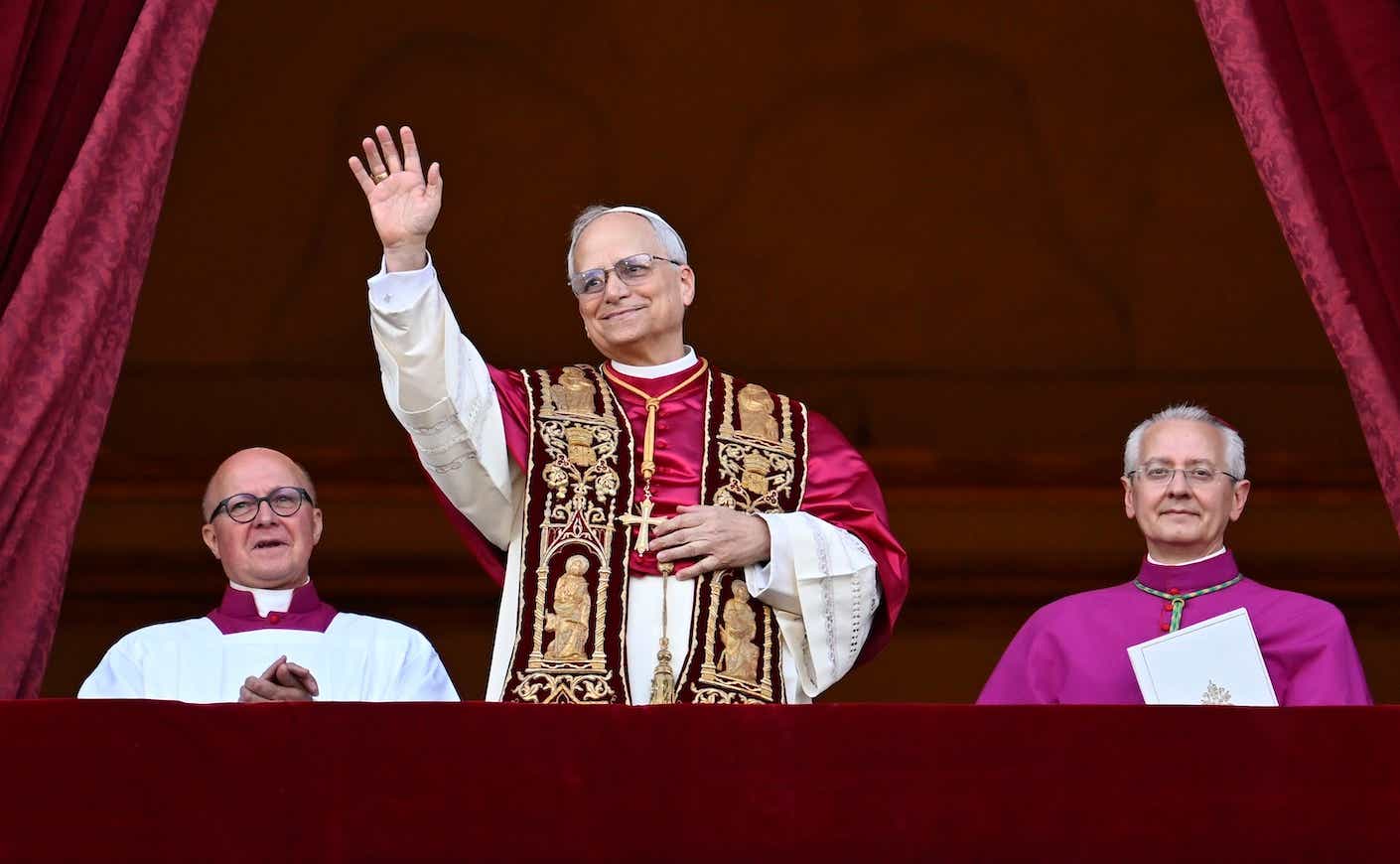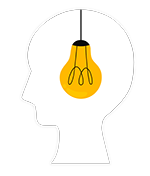The Catholic Church officially has a new leader: Cardinal Robert Francis Prevost made history on Thursday as the first American to be elected pope. He will now lead the world’s some 1.4 billion Catholics, and thousands of people gathered in Rome to witness the historic moment.
The new pontiff, who has taken the name Leo XIV, choked back tears as he walked out onto the balcony of St. Peter’s Basilica for the first time and delivered his inaugural address in Italian, beginning with, “Peace be with you all.”
But his election by the 133 cardinal electors — secured with the required two-thirds majority — was far from guaranteed. For decades, the idea of an American pope was considered something of a taboo, largely because of the United States’ role as a global superpower and fears that the Church could appear politically aligned with U.S. interests.
Here’s what we know about Pope Leo XIV, who is poised to usher in a new era of Catholic leadership following the death of Pope Francis last month at age 88.
Where is Robert Francis Prevost from?
Robert Francis Prevost, 69, was born in Chicago’s South Side in 1955. His father, Louis Prevost, was a school superintendent, while his mother worked as a librarian.
According to the Chicago Sun-Times, his family was deeply involved in parish life at St. Mary of the Assumption Church on the far South Side of Chicago. Along with his two older brothers, Louis Martín and John Joseph, he served as an altar boy. A former classmate from parish school remembered him as “the smartest person in the class,” while another recalled him as “a little trickster” with a good sense of humor.
Robert Francis Prevost’s background and career
After graduating from high school, Prevost received a mathematics degree from Villanova University in 1977, but soon after, he felt called to a higher purpose and joined the international Augustinian religious order. From there, he pursued advanced theology degrees in both the U.S. and abroad, eventually earning a doctorate in canon law at the Pontifical University of St. Thomas Aquinas in Rome.
Prevost then spent two decades in Peru, serving as a missionary and parish priest in one of the country’s poorest communities — a period during which he became a naturalized Peruvian citizen.
What are the new pope’s views?
Prevost is generally viewed as more centrist than his liberal-leaning predecessor.
While Pope Francis offered a more inclusive stance on LGBTQ issues, Prevost has taken a more cautious approach. He has neither fully endorsed nor outright opposed the Vatican document allowing blessings of same-sex unions. His current position remains unclear, but in a 2012 address to bishops, he criticized Western media for promoting what he called “sympathy” that conflicted with the Gospel, citing “the homosexual lifestyle” and “alternative families comprised of same-sex partners and their adopted children.” Prevost has also voiced conservative views on gender identity in education, calling it confusing and saying it “seeks to create genders that don’t exist.”
Yet in his first public address as pope, Leo XIV struck a more inclusive tone, calling for a Church that “builds bridges” and is “always open to receive everyone.”
On other social issues, Prevost is more closely aligned with Francis, particularly on immigration. Given his longstanding advocacy for migrants and refugees, it’s not surprising he may not be a strong supporter of President Donald Trump — or his Vice President, J.D. Vance. In fact, his final post on X before being elected pope was a retweet of Catholic commentator Rocco Palmo’s criticism of Trump’s partnership with El Salvador’s President Nayib Bukele to deport undocumented migrants.
The new pope has also echoed Francis’s call for environmental responsibility. In a November seminar, he stated that humanity’s “dominion over nature” must not become “tyrannical,” urging the Church to take stronger action against climate change.
What was his relationship to the late Pope Francis?
Prevost clearly caught Pope Francis’s attention early on. In 2014, the pope sent him back to Peru as apostolic administrator of the Diocese of Chiclayo, in the country’s northwest. A year later, he appointed him bishop there.
Over the following years, Francis repeatedly entrusted Prevost with major responsibilities. In 2022, he tapped him to lead a landmark reform, adding three women to the voting body that determines which bishop candidates are sent to the pope, despite his more moderate views.
In 2023, Francis elevated Prevost to two key roles: president of the Pontifical Commission for Latin America and head of the Dicastery for Bishops, the Vatican office that oversees bishop appointments worldwide. Prevost remained in that position until Francis’ death on April 21.
“He’s right out of Francis’s playbook,” history professor Kathleen Sprows Cummings, at the University of Notre Dame, told The Washington Post.
Pope Leo XIV’s previous controversies
Prevost has faced scrutiny over his handling of two separate sexual abuse cases — one in Chicago and another in Peru. But neither ended up halting his rise through the Church.
The first case goes back about 25 years, when he was leading the Augustinian Province of Chicago. A priest who had been found to have abused minors was still allowed to live in an Augustinian monastery that happened to be near a Catholic elementary school.
More recently, while serving as bishop in Chiclayo, Peru, Prevost came under fire again. Two priests in the diocese were accused of abusing three young girls. This year, the Survivors Network of Those Abused by Priests filed a complaint, saying Prevost failed to launch an investigation and didn’t send Rome enough information.
In both cases, the Vatican has stood by him, denying that he did anything wrong.
Despite these allegations, Prevost’s steady rise suggests that his leadership and loyalty to Church authority have outweighed the criticisms — at least in the eyes of the Vatican.









